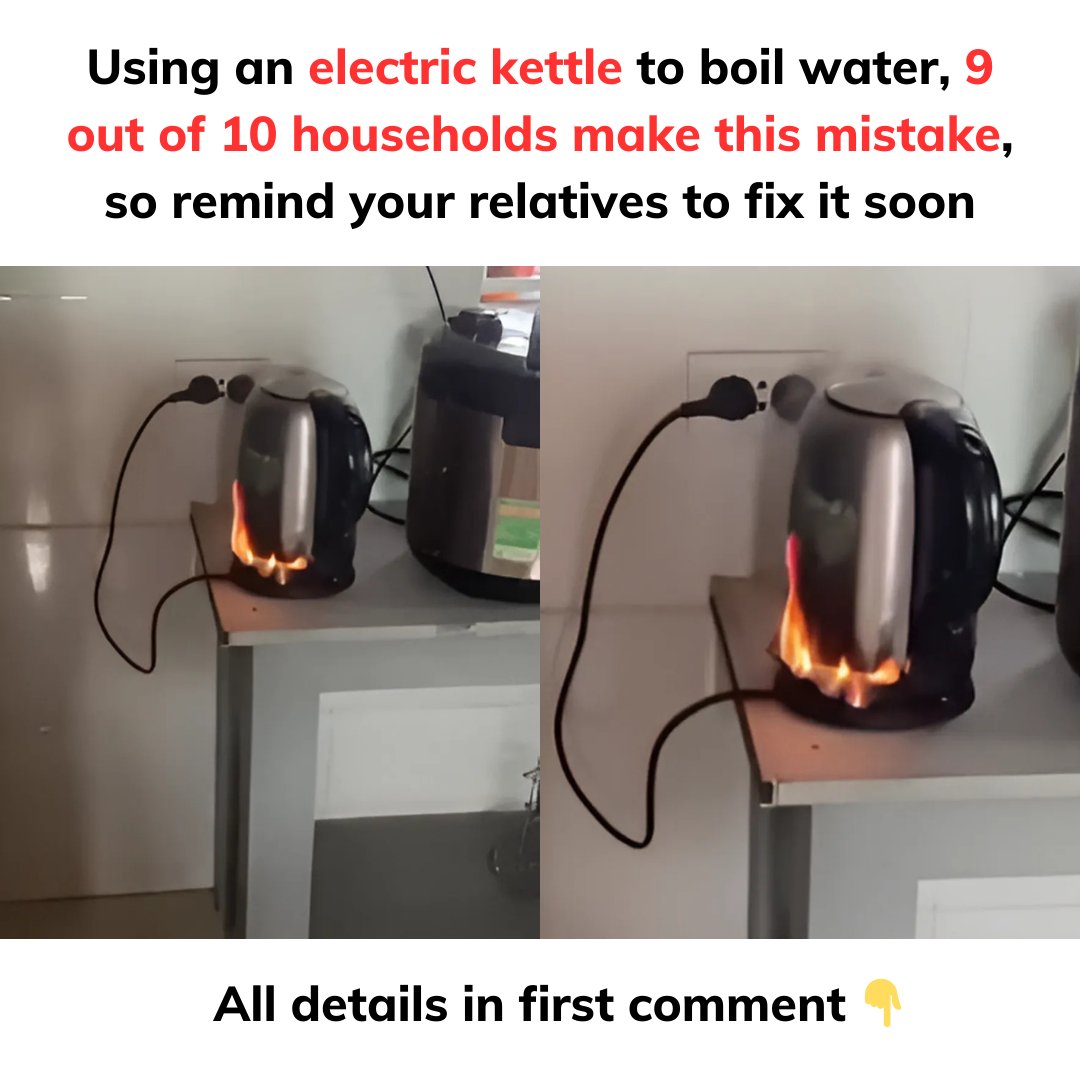Using an electric kettle to boil water is a simple yet essential routine in many households. Its convenience makes it a favorite appliance, allowing you to have boiling water ready within minutes with just the push of a button. Whether it’s for making tea, coffee, instant soup, or even speeding up the cooking process, an electric kettle is a staple in modern kitchens.
However, despite its ease of use, many people unknowingly make mistakes when handling their electric kettle, which can reduce its lifespan, affect its efficiency, and even pose safety risks. Some habits that seem harmless may actually lead to mechanical failures or potential health concerns over time. If you want to maximize the durability of your electric kettle and ensure that it operates safely and effectively, it’s crucial to be aware of these common mistakes and how to avoid them. Below are five errors that 9 out of 10 households tend to make when using an electric kettle, along with practical solutions to keep your appliance in top shape.
One of the biggest mistakes people make is assuming that all electric kettles are created equal. Because of this, many consumers choose the cheapest option available, without considering the material and build quality. The truth is, the type of material used in the kettle plays a significant role in its longevity and safety. When purchasing an electric kettle, always look for one made from 304 stainless steel. This high-quality material is highly resistant to corrosion, withstands high temperatures, and is free from harmful chemicals that might leach into your boiling water. Cheaper kettles made of low-grade metal or plastic may release toxic substances over time, which can have adverse effects on health. Investing in a well-made electric kettle ensures not only durability but also safe, uncontaminated water for daily use.
Another frequent mistake is overfilling the kettle. Many people tend to fill it to its maximum capacity—or even beyond—thinking that it will provide more hot water at once, saving time and effort. However, overfilling can lead to spillage during the boiling process, causing water to leak into the electrical base and increasing the risk of short circuits or damage. Additionally, excess water may take longer to heat up, reducing energy efficiency. To prevent this, always check the maximum water level indicator inside the kettle and avoid surpassing it. Keeping the water level within the recommended limit ensures safe usage, prevents unnecessary wear and tear on the appliance, and minimizes the chances of electrical hazards.
